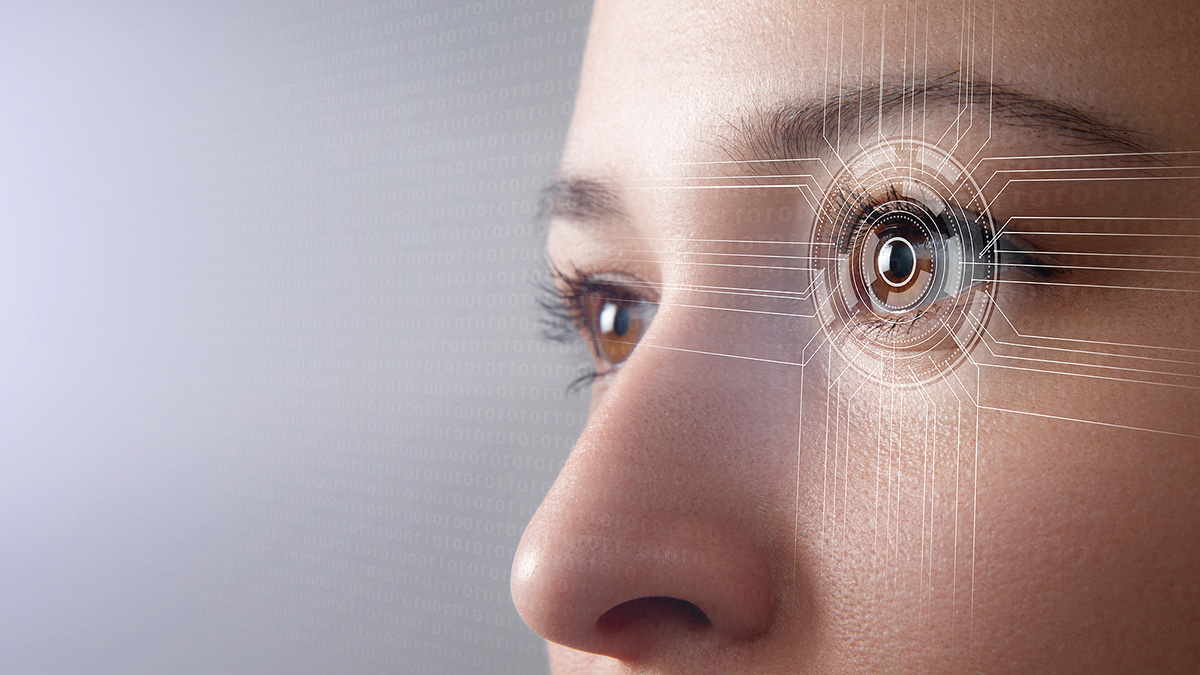Glasses Prescription Test
The glasses prescription test is an essential component of the annual comprehensive eye exam. This test is billable to most vision plans but it is not covered by medical insurance including Medicare.
What is the Glasses Prescription Test?
The glasses prescription test, or manifest refraction, is performed by an optometrist or ophthalmologist. This test determines whether you have a refractive error such as nearsightedness, farsightedness, or if you have astigmatism. Your optometrist will perform a glasses prescription test to determine the power needed for glasses. This is typically done during your annual comprehensive eye exam. It may also be performed if a patient elects to have another glasses prescription test after a surgical procedure such as cataract surgery.
- Nearsighted people see better up close but have blurry vision far away.
- Farsighted people see clearly far away but blurry vision up close.
- Astigmatism will cause blurry vision both far away and up close.
Click here for more information regarding refractive errors.
What is the Process for a Glasses Prescription Test?
During the test, the optometrist will place a device called a phoropter in front of the eyes. While viewing letters displayed on a mirror across the room, the optometrist will ask the patient which choice is better to make the letters clearer. The doctor then uses this data to calculate the glasses prescription. The glasses prescription is required if the patient would like to order glasses. This test is also required if the patient simply wants to know if there’s a change in the glasses prescription. The glasses prescription test can not be used to order contacts. A contact lens prescription requires additional tests and therefore additional fees that is not included in a routine annual exam.
How Much Does It Cost for the Glasses Prescription Test?
The cost for a glasses prescription test is $50. If you have a vision plan such as Vision Service Plan or EyeMed, the glasses prescription test is billed to the vision plan.
If you do not have a vision plan, then you will be 100% responsible for the cost of the glasses prescription test. Also, Medicare does not cover the glasses prescription test even after eye surgery. For more info, click here.
Medicare does not provide coverage for the glasses prescription test (refraction) because Medicare considers it a non-medical necessity. This test is typically included as part of a regular eye examination which is only billable to vision plans once a year.
For patients that do NOT have a vision plan such as Vision Service Plan or EyeMed, the glasses prescription test is optional because it is an out-of-pocket expense. Therefore, patients may decline the glasses prescription test if they don’t have a vision plan to cover the expense. By declining the test, the patient needs to understand that the doctor will not perform a glasses prescription test to determine if there’s a change in the prescription and will not be able to release a glasses prescription.

